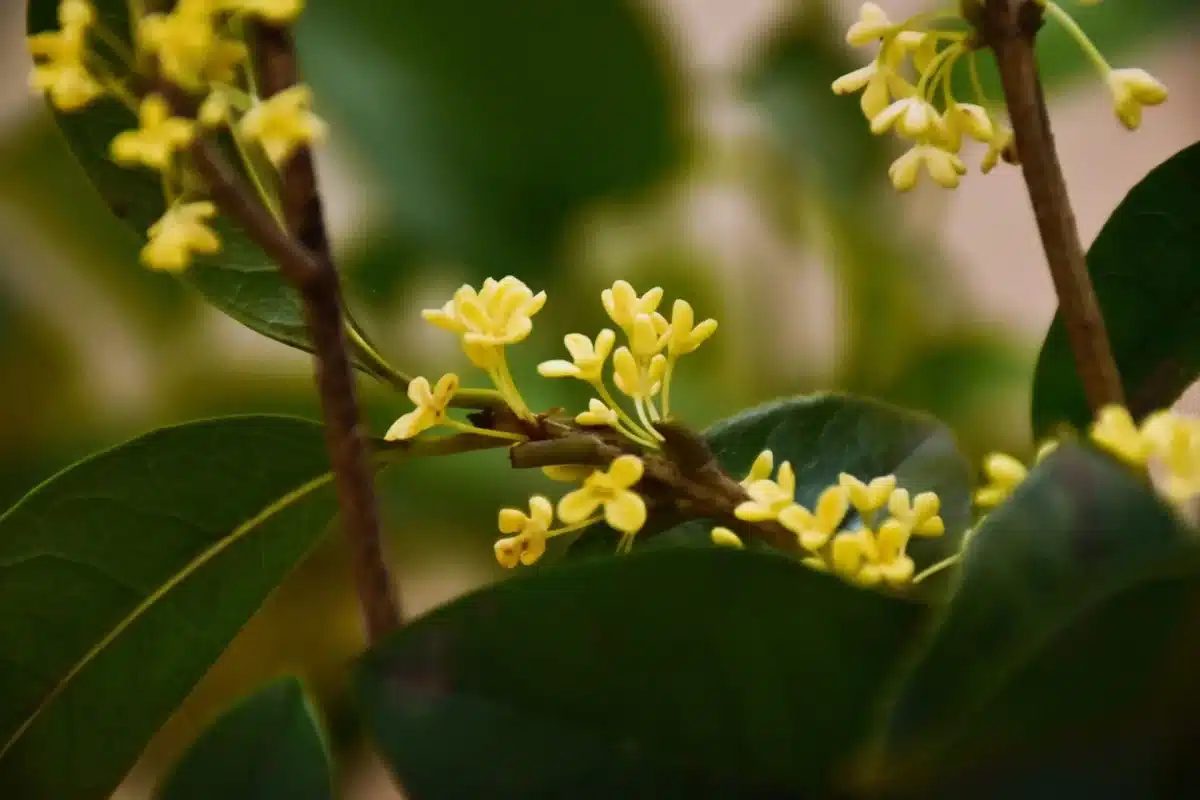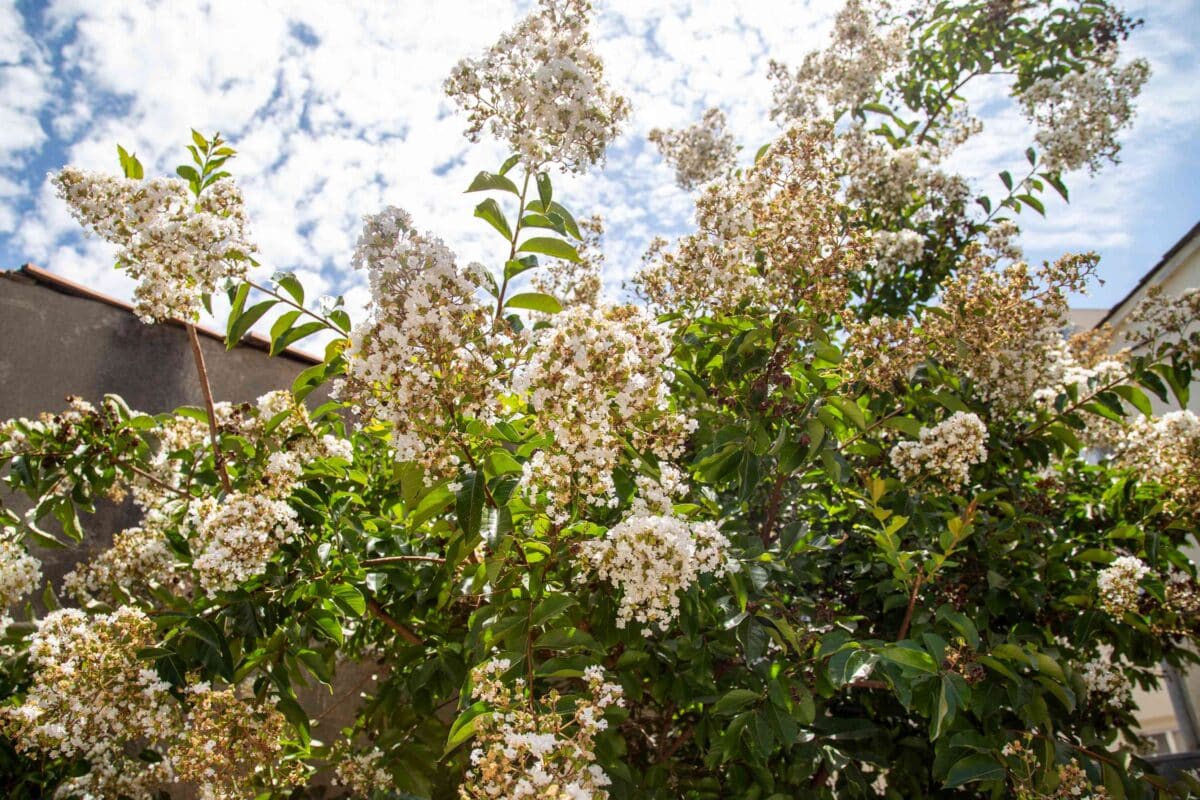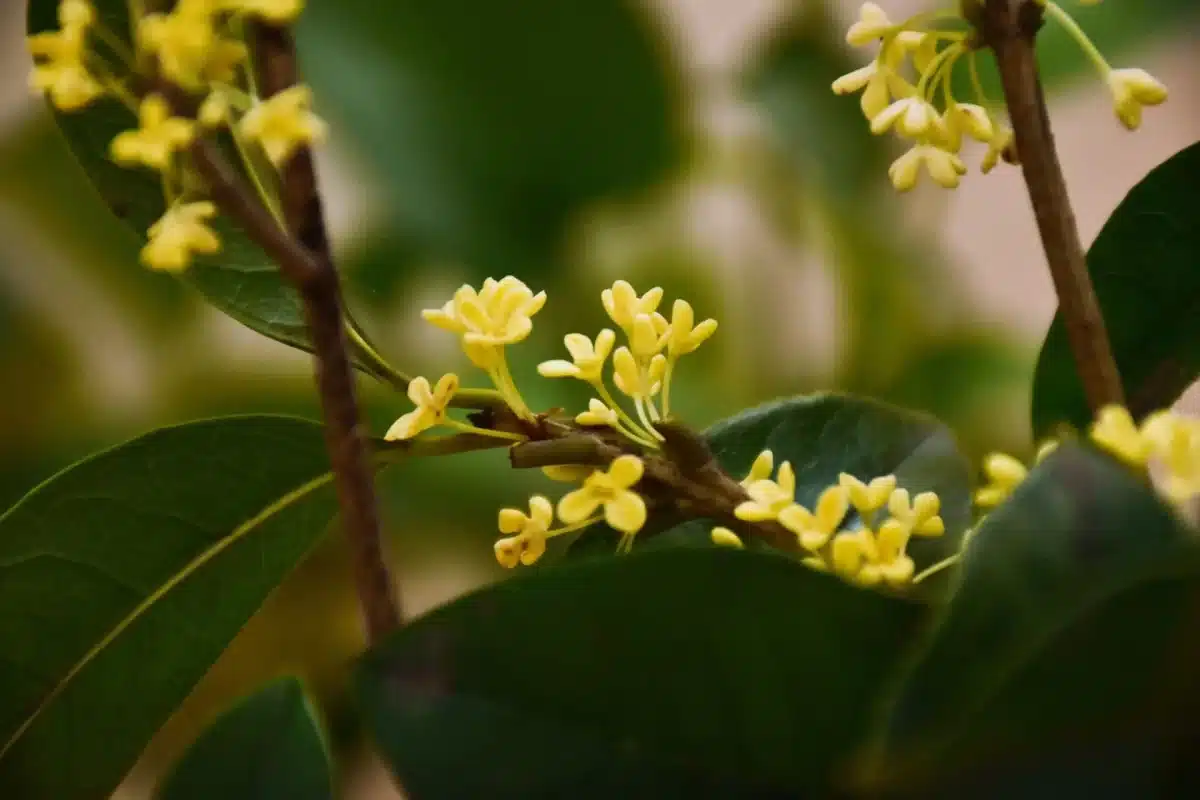Osmanthus flowers vs. jasmine: Culinary uses?

Osmanthus flowers and jasmine, two exquisite blooms renowned for their delicate fragrance and culinary versatility, offer distinct flavors and aromas that have captivated cultures around the world. While both flowers are prized for their sweet, floral notes, they each bring unique characteristics to the table, enriching culinary creations with their nuanced profiles. Let’s explore the culinary uses of osmanthus flowers and jasmine, highlighting their differences and celebrating their contributions to gastronomy.
Osmanthus Flowers: Fragrant Elegance in Asian Cuisine
Osmanthus flowers, known for their apricot-like aroma and subtle sweetness, hold a special place in Asian culinary traditions. Originating from East Asia, particularly China and Japan, osmanthus flowers are revered for their delicate fragrance, which infuses teas, desserts, and savory dishes with a floral elegance. In Chinese cuisine, osmanthus flowers are used to create aromatic teas, wines, and syrups, adding a subtle sweetness and depth of flavor to traditional recipes. Osmanthus-scented desserts, such as osmanthus jelly, osmanthus cake, and osmanthus rice wine, are treasured for their exquisite taste and captivating aroma, making them popular choices for special occasions and celebrations.
Jasmine: Aromatic Sophistication in Global Cuisine
Jasmine, with its intoxicating floral scent and delicate flavor, is a beloved ingredient in cuisines around the world. Originating from South Asia, jasmine is prized for its versatility and aromatic complexity, infusing dishes with a fragrant sophistication that delights the senses. In South Asian and Middle Eastern cuisines, jasmine is often used to flavor rice dishes, teas, and desserts, adding a subtle floral note and enhancing the overall flavor profile. Jasmine tea, brewed from jasmine-scented green or white tea leaves, offers a refreshing beverage enjoyed for its delicate aroma and smooth taste, making it a popular choice for tea enthusiasts worldwide.
Culinary Distinctions: Osmanthus vs. Jasmine
While both osmanthus flowers and jasmine are valued for their floral fragrance and culinary uses, they offer distinct flavor profiles and aromatic nuances that differentiate them in culinary applications. Osmanthus flowers, with their apricot-like aroma and subtle sweetness, impart a delicate flavor and fragrance to dishes, creating a sense of harmony and balance in culinary creations. The floral notes of osmanthus flowers are gentle and understated, allowing other ingredients to shine while adding a touch of elegance to the overall composition.
In contrast, jasmine boasts a more intense floral aroma and a slightly bitter undertone, which adds depth and complexity to dishes. Jasmine’s aromatic profile is bold and assertive, making it a standout ingredient in recipes where its fragrance is intended to be the focal point. While both osmanthus flowers and jasmine enhance the sensory experience of culinary creations, their distinct characteristics offer chefs and culinary enthusiasts a diverse palette of flavors and aromas to explore and experiment with in the kitchen.
Cultural Significance: Osmanthus vs. Jasmine
Beyond their culinary uses, osmanthus flowers and jasmine hold profound cultural significance in their respective regions of origin. In China and Japan, osmanthus flowers are revered for their symbolic meanings and are often associated with prosperity, happiness, and harmony. The Mid-Autumn Festival, a celebrated holiday in Chinese culture, features osmanthus as a central motif, symbolizing reunion and abundance. Similarly, jasmine holds cultural significance in South Asia, where it is regarded as a symbol of purity, love, and hospitality. Jasmine garlands are commonly used in religious ceremonies, weddings, and festivals, reflecting the deep-rooted connection between jasmine and traditional customs and rituals.
Incorporating Osmanthus and Jasmine in Culinary Creations
Osmanthus flowers and jasmine can be incorporated into a wide range of culinary creations, from teas and desserts to savory dishes and beverages. Osmanthus-infused teas and desserts offer a delicate sweetness and floral aroma that delights the senses and provides a refreshing respite from the ordinary. Jasmine-scented rice dishes, teas, and desserts add a touch of sophistication and elegance to the dining experience, infusing dishes with a fragrant complexity that elevates the overall culinary composition.
Conclusion: Celebrating Floral Elegance in Cuisine
In conclusion, osmanthus flowers and jasmine represent the epitome of floral elegance in culinary arts, offering distinctive flavors and aromas that enrich dishes with their aromatic complexity and sensory appeal. While osmanthus flowers bring a subtle sweetness and delicate fragrance to Asian-inspired creations, jasmine infuses global cuisine with its bold floral notes and aromatic sophistication. Whether used in teas, desserts, or savory dishes, osmanthus flowers and jasmine celebrate the timeless allure of nature’s bounty, inviting culinary enthusiasts on a sensory journey that celebrates the beauty and diversity of floral flavors in gastronomy.
FAQ:
1. What are the primary culinary uses of osmanthus flowers?
- Osmanthus flowers are commonly used to infuse teas, wines, syrups, desserts, and savory dishes with their delicate aroma and subtle sweetness, adding a floral elegance to culinary creations.
2. How do osmanthus flowers differ from jasmine in culinary applications?
- Osmanthus flowers offer a sweet, apricot-like aroma with subtle floral notes, while jasmine boasts a more intense floral fragrance with a slightly bitter undertone, contributing to different flavor profiles in dishes.
3. Can osmanthus flowers be used in savory dishes?
- Yes, osmanthus flowers can be used in savory dishes to infuse sauces, marinades, and dressings with their delicate fragrance, adding a floral dimension to savory creations.
4. Are osmanthus flowers safe for consumption?
- Yes, osmanthus flowers are edible and safe for consumption in culinary applications when used in appropriate amounts. However, individuals with allergies or sensitivities should exercise caution.
5. How do you prepare osmanthus tea?
- To prepare osmanthus tea, simply steep dried osmanthus flowers in hot water for several minutes, allowing their delicate aroma and flavor to infuse the infusion. The tea can be enjoyed hot or cold.
6. Are there any health benefits associated with consuming osmanthus flowers?
- Osmanthus flowers are rich in antioxidants and may have anti-inflammatory properties, potentially offering health benefits such as reducing oxidative stress and inflammation when consumed in moderation.
7. Where can I purchase osmanthus flowers for culinary use?
- Osmanthus flowers can be found in Asian grocery stores, specialty tea shops, and online retailers that offer dried herbs and botanicals for culinary purposes.
8. Can osmanthus flowers be used in vegan or vegetarian recipes?
- Yes, osmanthus flowers are plant-based and can be used in a variety of vegan and vegetarian recipes to add a delicate floral note and enhance the overall flavor profile.
9. What are some traditional Asian desserts that feature osmanthus flowers prominently?
- Traditional Asian desserts such as osmanthus jelly, osmanthus cake, and osmanthus rice wine often feature osmanthus flowers prominently, showcasing their delicate aroma and subtle sweetness.
10. How should osmanthus flowers be stored for culinary use?
- Dried osmanthus flowers should be stored in an airtight container in a cool, dry place away from direct sunlight to maintain their fragrance and flavor for culinary applications.
Related Posts
Osmanthus flowers in teas and desserts?
-
Posted by
akshita aishwarya
- 1 comment
Osmanthus flowers in floral-scented dishes?
-
Posted by
akshita aishwarya
- 1 comment
What can I do with osmanthus flowers?
-
Posted by
akshita aishwarya
- 1 comment






One thought on “Osmanthus flowers vs. jasmine: Culinary uses?”